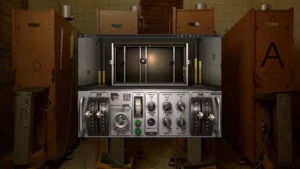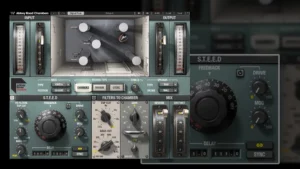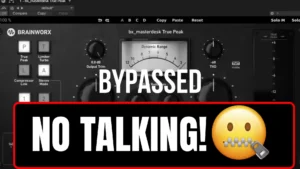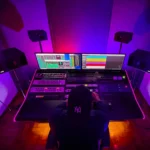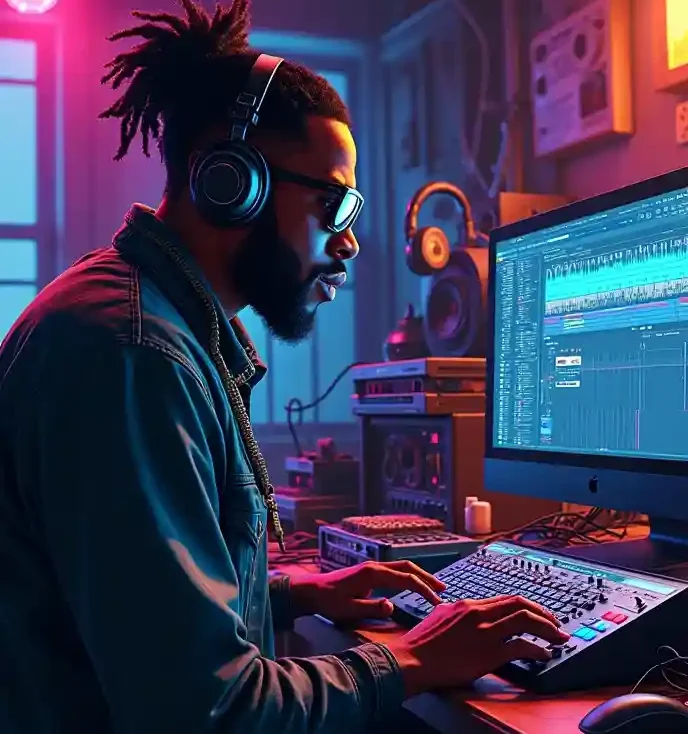
Do You Need an Audio Interface for VST?
Do You Need an Audio Interface for VST? Virtual Studio Technology (VST) has revolutionized the way music is produced, opening doors to limitless possibilities for musicians, producers, and sound designers. However, the question often arises: do you need an audio interface to fully utilize VST plugins? The answer isn’t straightforward and depends on various factors, including your setup, goals, and expectations. Let’s dive deep into this topic to uncover the nuances of using an audio interface with VST plugins.
What Are VST Plugins?
A Quick Overview
VST plugins are software instruments and effects that integrate into digital audio workstations (DAWs). They replicate real-world audio effects, synthesizers, and instruments, or create sounds that are entirely unique to the digital realm. VSTs are vital for producing professional-sounding music and include categories such as:
- Virtual Instruments (e.g., pianos, synthesizers, drums).
- Audio Effects (e.g., reverb, delay, compression).
- Mixing Tools (e.g., equalizers, limiters).
How VSTs Work
VST plugins process audio signals in your computer. They require a DAW to host them, and their performance depends heavily on your computer’s hardware, especially the processor (CPU) and random-access memory (RAM).
What Is an Audio Interface?
Understanding the Basics
An audio interface is a hardware device that connects your computer to professional audio equipment. Its primary functions include:
- Improving Sound Quality: It provides better analog-to-digital and digital-to-analog conversion (AD/DA) than a standard computer sound card.
- Reducing Latency: It minimizes the delay between playing a sound and hearing it.
- Expanding Connectivity: It offers input and output options for microphones, instruments, studio monitors, and headphones.
Key Features of Audio Interfaces
- High-quality preamps for recording.
- Low-latency monitoring.
- Multiple I/O ports for flexibility.
- Phantom power for condenser microphones.
Do You Need an Audio Interface for VST?
The necessity of an audio interface depends on your production goals and equipment. Let’s explore different scenarios to determine whether an audio interface is essential for your workflow.
1. If You’re Using VSTs for MIDI Composition
If your focus is on composing music with MIDI controllers and virtual instruments, an audio interface isn’t strictly necessary. Modern computers with decent specs can handle VSTs effectively for:
- MIDI programming.
- Software synthesizers.
- Basic mixing.
However, without an audio interface, you may encounter:
- Higher Latency: This delay can be frustrating, especially when playing virtual instruments in real-time.
- Limited Sound Quality: Built-in sound cards can produce inferior audio, affecting your listening experience.
Recommendation: For simple MIDI compositions, you might not need an audio interface immediately. However, for better monitoring and reduced latency, an entry-level audio interface is a good investment.
2. If You’re Mixing and Mastering – Do You Need an Audio Interface for VST
VST plugins are essential for mixing and mastering, but precision is key in this phase of music production. Here’s why an audio interface helps:
- Accurate Sound Reproduction: Studio monitors or high-quality headphones connected to an audio interface provide clearer and more detailed sound.
- Lower Latency: This ensures smooth real-time processing when using VST effects.
Recommendation: For serious mixing and mastering, an audio interface is highly recommended to ensure professional results.
3. If You’re Recording Audio (Do You Need an Audio Interface for VST?)
If your production involves recording vocals or instruments, an audio interface is almost mandatory. Reasons include:
- Connecting Professional Microphones: Most microphones require XLR inputs, which built-in sound cards lack.
- Providing Phantom Power: Needed for condenser microphones.
- Improving Recording Quality: High-quality preamps enhance the clarity and depth of recorded audio.
Recommendation: An audio interface is essential for recording, even if you’re only occasionally using VST plugins.
4. For Live Performance or Real-Time VST Use
For musicians who use VSTs in live performances, such as keyboardists running virtual instruments, latency is critical. Built-in sound cards typically struggle with the low latency required for live setups.
Recommendation: An audio interface with robust drivers (such as ASIO) is essential for reliable real-time performance.
Key Benefits of Using an Audio Interface with VST Plugins
- Enhanced Audio Quality: High-quality playback and recording ensure you hear every nuance of your VST plugins.
- Reduced Latency: Real-time performance is smoother and more responsive.
- Scalability: An audio interface supports the use of external hardware, such as studio monitors and microphones.
- Dedicated ASIO Drivers: Many audio interfaces come with optimized drivers for seamless DAW integration.
When an Audio Interface Isn’t Necessary (Do You Need an Audio Interface for VST)
While an audio interface provides significant advantages, some situations don’t demand one:
- Casual Music Production: If you’re making music for fun and don’t require pristine sound quality.
- Budget Constraints: You can start with your computer’s built-in sound card and upgrade later.
- Non-Real-Time Processing: When working offline with VST plugins for rendering audio.
How to Choose the Right Audio Interface
If you decide to invest in an audio interface, consider the following factors:
- Number of Inputs/Outputs: Choose based on your hardware needs (microphones, instruments, monitors).
- Budget: Entry-level models (e.g., Focusrite Scarlett) are excellent for beginners.
- Compatibility: Ensure it works with your computer and DAW.
- Features: Look for extras like MIDI I/O, portability, or bundled software.
FAQ
1. Can I use VST plugins without an audio interface?
Yes, you can use VST plugins without an audio interface. However, you may experience higher latency and inferior sound quality, especially when working on detailed projects.
2. Does an audio interface reduce CPU usage for VST plugins?
No, an audio interface doesn’t reduce CPU usage. CPU performance depends on your computer’s processor and RAM. However, an audio interface can improve audio processing efficiency and reduce latency.
3. Are there free alternatives to using an audio interface?
You can use ASIO4ALL, a free driver that improves latency on built-in sound cards. However, it doesn’t match the quality and reliability of a dedicated audio interface.
4. What’s the best audio interface for beginners? Do You Need an Audio Interface for VST
Popular beginner-friendly audio interfaces include:
- Focusrite Scarlett 2i2.
- PreSonus AudioBox USB 96.
- Behringer UMC22.
5. Is an audio interface necessary for headphones or monitors?
For professional audio monitoring, an audio interface significantly improves sound quality and clarity compared to built-in sound cards.
Do You Need an Audio Interface for VST? Whether you’re a budding producer or an experienced sound engineer, understanding the role of an audio interface can greatly enhance your music production journey. Investing in one ensures you maximize the potential of your VST plugins and elevate your creative output.
Find My Labels, find Record Label Send Your Demo | findmylabels.com |
SM Mastering | Mix & Master Services smmastering.com



